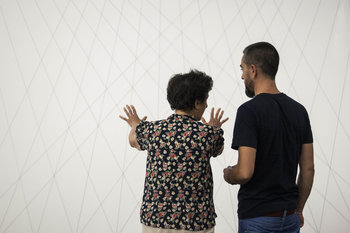
Technical
Confirming that the design is technically possible given constraints such as existing architecture, infrastructure, systems, applications and tools.Procurement
Confirming that components of the design can be purchased and performing checks related to quality, functionality and prices.Financial
Checking that a design matches your financial constraints or goals. For example, calculating the cost of an architectural proposal for a building and validating it with reference class forecasting.Compliance
Confirming that a design conforms to laws and regulations. For example, confirming that architecture is accessible.Standards & Principles
Validating a design against applicable design principles, business principles or standards. For example, validating that a product is designed to the edges.Organizational
Ensuring that a design matches your organizational culture. For example, consulting teams to see if an office interior design matches their working style.Usability
Confirming that user interfaces are productive and pleasing to use.Risk
Identifying risks associated with a design such as latent human error.Sustainability
Evaluating the environmental and social impact of the design. For example, comparing the resource efficiency of designs for a facility.Experience
Thinking about a design as an end-to-end experience and how customers might feel about it. This may include feedback from a lead user or customers.Quality
Confirming that the design meets non-functional requirements in areas such as availability, reliability and durability.| Overview: Design Feasibility | ||
Type | ||
Definition | A validation process that looks at how well a design delivers to requirements, objectives and goals. | |
Related Concepts | ||





























